Who is afraid of DAP?
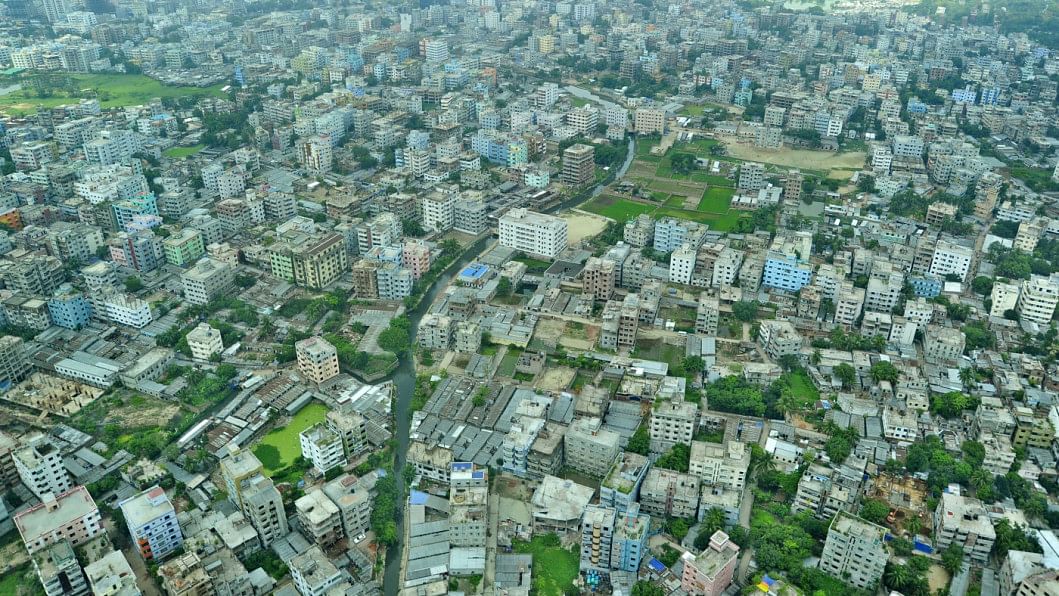
The Detailed Area Plan (DAP) for 2022-2035, produced by the Rajdhani Unnayan Kartripakkha (Rajuk), is a radical and innovative document in the planning history of Dhaka. As with any such proposition, there will be misunderstandings in some public forums and miscalculations from the proponents, and therefore a lot of nit-picking. I have critiqued Rajuk before on its inability to prepare a planning document appropriate to a dynamic Dhaka. Since the 1950s, Dhaka has received mediocre master plans that failed to fathom the power of the city and the direction of its future. In such a context, DAP 2022-35 is by far the most comprehensive and well-researched proposition for Dhaka with a lot of new ideas.
I have been a student of Dhaka city ever since I became an architect in the 1980s, and since then I have written on this paroxysmic city for which planning has largely faltered. In my book, Designing Dhaka: A Manifesto for a Better City, I presented the hydrological regime as the fundamental premise for city-building in the delta, which no planning strategy had taken up before. I stressed the need for adequate public spaces as key to the well-being of the citizens, perhaps equally important to houses and dwelling units. Even with the production of dwelling units, the planning direction of the city was on a wrong footing. I described the standardised planning programmes in Dhaka as merely plotting and scheming, in which large areas were gridded out and small plots parcelled off. Plots equated to profits and amounted little to what is meant by the collective nature of housing and the cumulative impact on the city.
DAP 2022-35 reverses most of those strategies that have been known as typical overtures of Rajuk. Still, following the gazetted publication of DAP 2022-35 on August 23, there is more ado about floor area ratio (FAR) in some circles than other topics. Even a fear. Has FAR gone too far? As a mechanism to control the volume of building and consequently density of users on a plot of land or in an area, FAR simply translates into volumes and floor areas. But density has an impact outside a given plot; it means the number of people and vehicles on the streets, as well as pressure on utilities and common facilities, such as schools, playgrounds, hospitals, etc. In short, density and its management is rendered as well-being of the residents and quality of the overall environment.
Up until now, a blanket FAR policy was applied on Dhaka, making it head towards a disastrous uniformity. Each part of the city is beginning to look like any other! Ten-to-twelve-storey buildings pop up in any neighbourhood, irrespective of accessibility. The differentiated FAR in the new DAP proposes to rectify this situation. The new FAR arrangement is based on existing density, road conditions, common facilities, and the character of an area. While some of the arguments made against the new arrangement may have value, and Rajuk will take those into consideration, those arguments seem to be singly focused on the FAR irrespective of some of the other critical and catalytical issues presented in DAP. I wish to highlight those, especially the hydrological foundation of planning, the challenge of un-urban areas within Rajuk jurisdiction, and the implication of block housing.
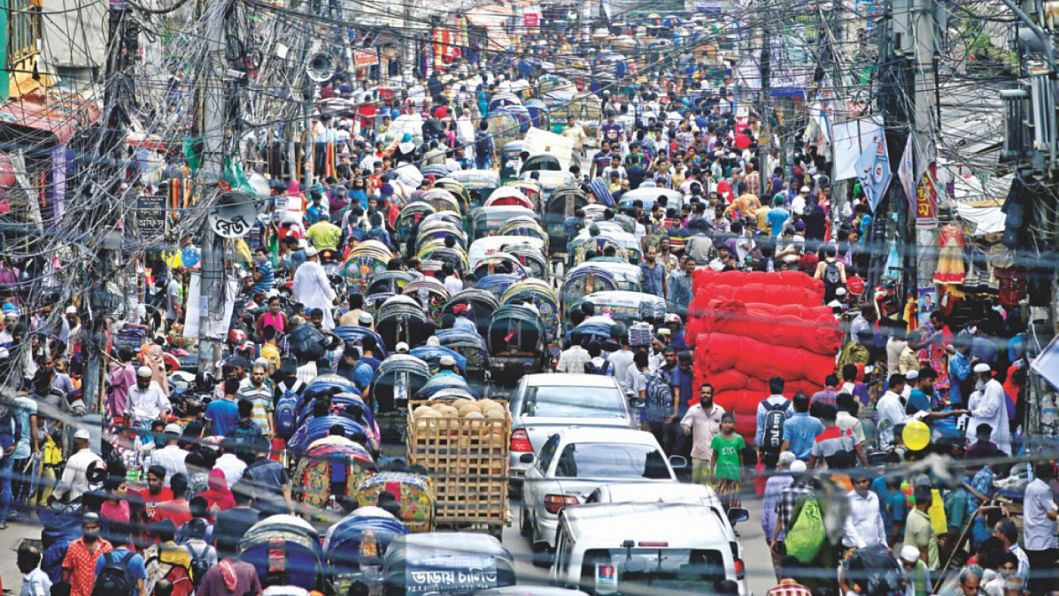
Let me point out the aspects of DAP 2022-35 that make it, in my view, progressive. It's the first planning document for Dhaka that has a philosophical premise with a declaration for social inclusiveness and harmony with nature. Yes, a city has to position itself with a philosophical framework. The main discourse cannot start off with square footages, FARs and MGCs! The claims to inclusivity and rapport with nature, and such things as well-being, may perhaps appear abstract to many, but are supported with different degrees of clarity by new propositions and policies in the DAP document. It is up to the DAP team to take their propositions to the public in a much more lucid, demonstrated and visual manner than two hefty volumes with their intimidating text.
What impresses me is that the idea of "urbanism" appears in the text without quite being mentioned so. As an urban designer, I have always distinguished "urbanism" from "urbanisation," a numerical enumeration and infrastructural understanding of the components of a city. Urbanism considers the city as a cultural and existential form. It calls for an enthusiastic embrace of cityness with its humanistic physical fabric and social well-being. Urbanism, I have written elsewhere, is the soul of the city.
By far, the most innovative idea, and perhaps the most natural one in the hydrogeographic context of Bangladesh, and one that was the premise in my book, is how settlements are to be planned in the dynamic milieu of floodplains, wetlands and riverine landscapes. Until the current DAP, no city planning document had an intelligent recommendation for this.
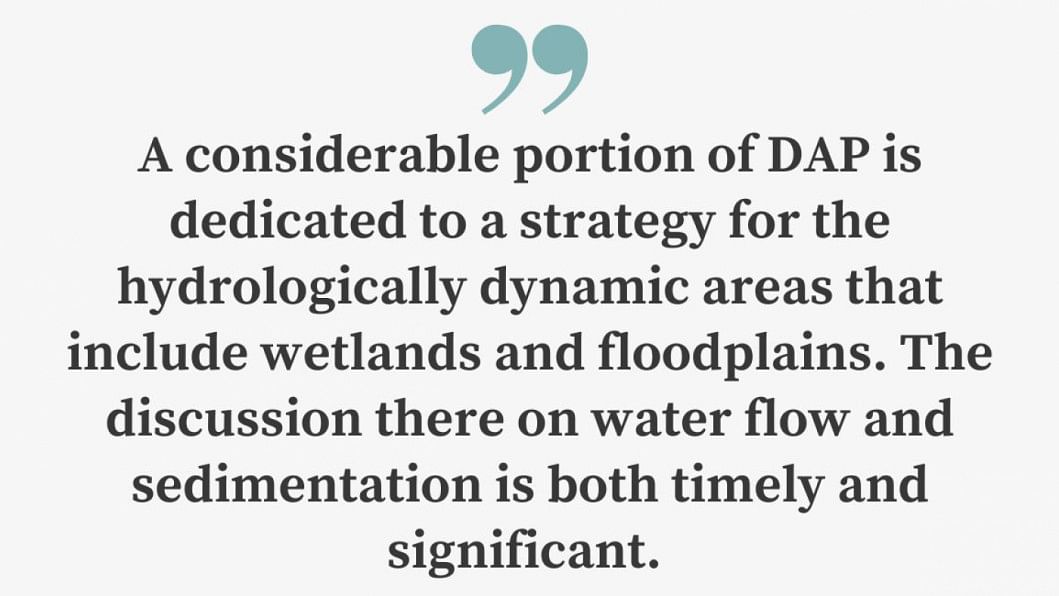
The biggest urban question for Bangladesh remains: how to arrive at a junction that mediates between the enormity of ecology/hydrology and the development propulsions of economy? In short, ecology and economy remain at loggerheads with each other. The issues and requirements of climate change are also linked here. To arrive at such a junction, we need imaginative approaches in urban thinking.
A considerable portion of DAP is dedicated to a strategy for the hydrologically dynamic areas that include wetlands and floodplains. The discussion there on water flow and sedimentation is both timely and significant. I am agreeable with DAP's critique of embankments as flood protection strategy; all ecological planners today consider such practices as eventually disastrous to the environment. The contemporary attitude in making cities in a delta is: "let it flood" and "let it flow." In light of that, DAP recommends a particular landscape process which is indigenous to the region: "dig and mound." There are elaborate – and very new – policies on how to apply that process in specific floodplains and watery areas for buildings and constructions. It was the architect Louis Kahn who first used the term "dig and mound" in the late 1960s while describing how people make dwellings in the delta landscape. In some of my writings on Kahn, I argued how he might have adopted that as a concept for creating the Parliament Complex.
The various categories of the watery landscape – floodplain, main flood flow, general flood flow – may appear overwhelming to the uninitiated, but there appears to be a geographic logic. We have coined an overarching term for such landscapes: "terraqueous," a zone animated by a flux of land and water. Those are the battleground areas targeted for encroachment and illegal occupation. In order to maintain the floodplains, DAP proposes conservation policies. Such policies are fine in principle, but we think they are not enough to protect the areas from various kinds of infringement. We suggest a special development belt around or bordering such areas as a new urban form consisting perhaps of housing that, besides being a protective cordon, provides a distinctive character and identity to that special zone.
I am intrigued by the fact that a remarkable 28 percent area within Rajuk jurisdiction is agricultural (some of which overlaps with floodplains). Dhaka is a unique city that way with a special challenge. How to integrate agriculture – a terraqueous food production area – within the orbit of a modern metropolis? DAP has policies to retain the agricultural land, but it is not clear who will work on the land as the economic landscape is changing and many of the farming communities are shifting occupations. Here is perhaps an occasion for DAP's suggestion for "transfer of development rights," in which a landowner in such an area can transfer his or her development rights to another urban property. A next level work is needed to consider consolidated (and perhaps corporate) agricultural communities with modern housing in which the agricultural area itself can be park-like places for the city. This can be an opportunity to revise the usual opposition between the city and agriculture as the rural. Dhaka can be a global model for such a radical configuration of the city.
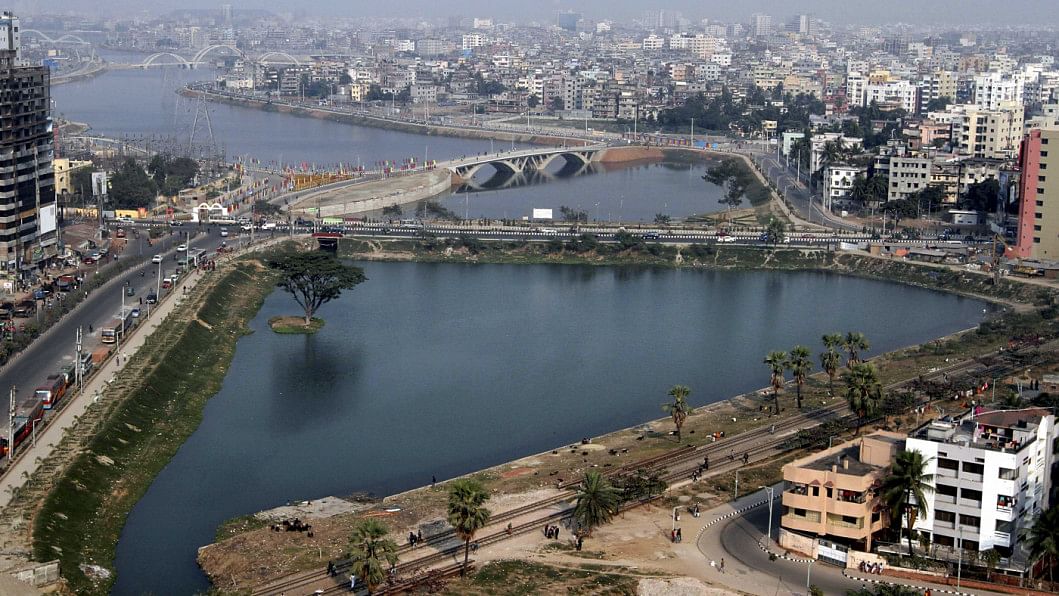
The notion of "block housing" is non-existent in Dhaka, but if initiated would lead to a totally new urban fabric for the city with improvements in the quality of life. Not currently in vogue with our architects and developers, "block housing" could be a game changer. Consider six adjoining plots of 10 kathas each in Uttara. Under the existing practices, buildings built on each plot will have to give up areas for setbacks and each plot remain isolated from others with boundary walls. What if the six plots were combined and a singular building constructed? In the consolidated plots, setbacks and boundary walls between buildings will be eliminated, and with the same number of units, shared common areas could be generated. A greater community environment could be experienced by residents of the six plots.
The next step for Rajuk would be to demonstrate how block housing could actually be produced. It would be easy for new residential areas where, instead of small plots, a larger plot area would generate a block. Even in the existing conditions, especially in congested areas, owners of adjoining small plots can come together to create a block. This is perhaps not an easy process, but could be made possible through incentives of higher FAR or tax reduction.
The International Union of Architects (UIA), the premier body of world architects, declared the theme of World Architecture Day 2022 as "architecture for well-being." It is perhaps time to reorient our own thinking about architecture and urbanism towards the goal of well-being.
This article is the first of a two-part series on DAP 2022-35.
Kazi Khaleed Ashraf is an architect and urbanist, and directs the Bengal Institute for Architecture, Landscapes and Settlements.

 For all latest news, follow The Daily Star's Google News channel.
For all latest news, follow The Daily Star's Google News channel. 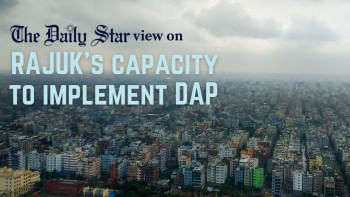

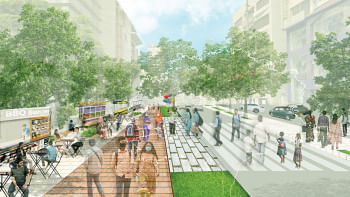


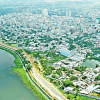

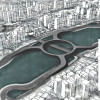

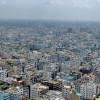


Comments